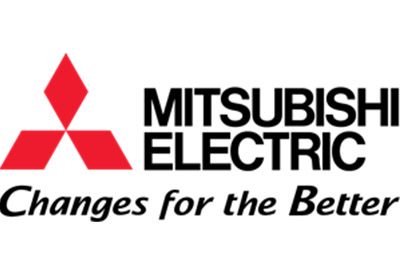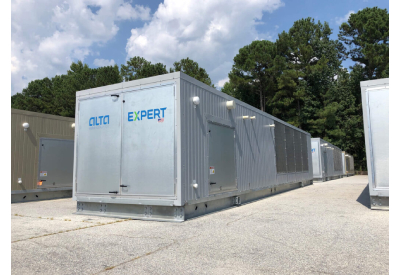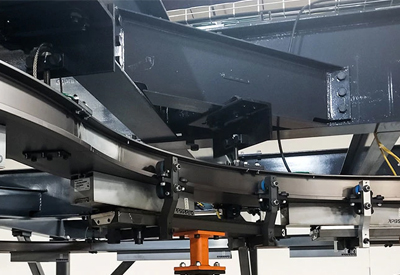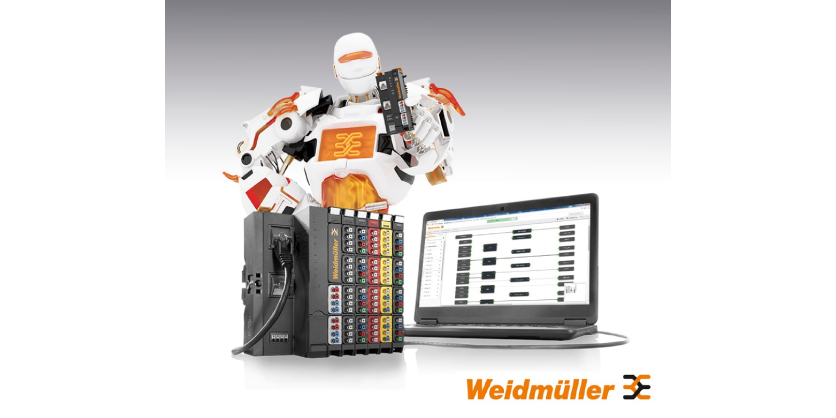New Integrated Robotics White Paper Discusses Production Efficiencies for Packaging Industry

November 15, 2018
Mitsubishi Electric Automation, Inc. has released the third in a series of white papers to support packaging industry professionals. The paper titled, Integrated Robotics Improve Machine Performance, Demand Response and Competitiveness contends that integrated robotics in packaging machinery and production lines can result in significant productivity gains. Readers will learn how the use of integrated robotics can improve packaging machines’ performance and demand response.
The report further explains how using a single programming software environment for both controls and robotics allows easier operation. Specifically, using integrated robotics simplifies changeover from package sizes and product mix to increase production and reduce set-up time. While the paper emphasizes packaging operations, the concepts discussed in the paper are applicable to manufacturers in other industries, including food and beverage, material handling, printing/converting, transportation equipment, computers and electronics, and more.
The paper includes forecasts from The Boston Consulting Group indicating that transportation equipment, computers and electronics, electrical equipment, and machinery industries will account for approximately 75 percent of advanced robotics installations through 2025. And by then, robots should be able to handle 30 to 40 percent of automatable tasks in these industries.
“We think this white paper is both timely and valuable for our customers because of the rising adoption of robotics use by a number of industries we serve,” said Ben Sagan, business development manager at Mitsubishi Electric Automation, Inc. “It offers practical guidance for those who want to maximize the efficiency of robots on their production lines, no matter what industry they’re in.”
OEMS, packaging professionals and manufacturers are invited to access the white paper, “Integrated Robotics Improve Machine Performance, Demand Response and Competitiveness” at https://go.meau.com/Robotics1810PR.







